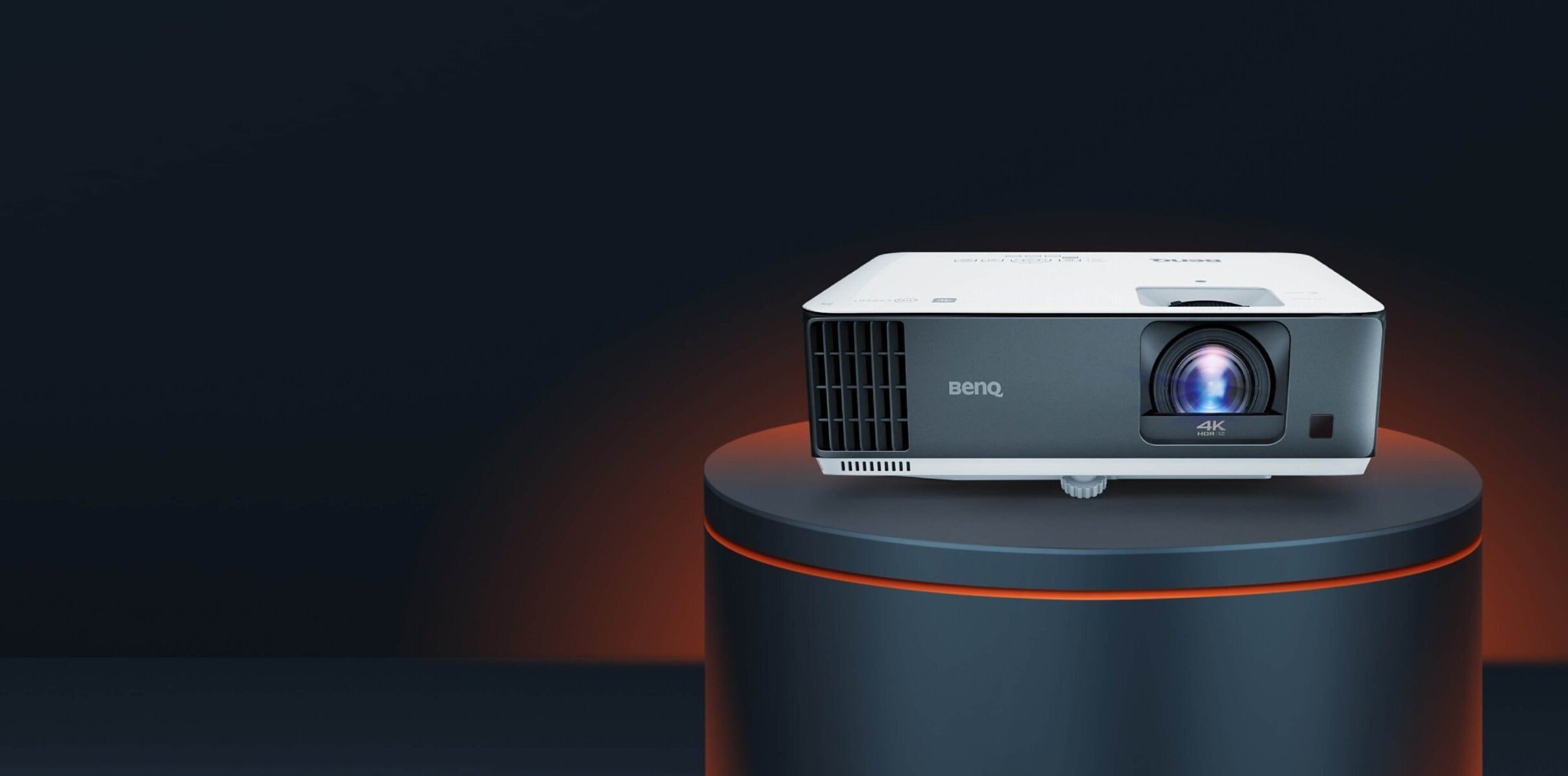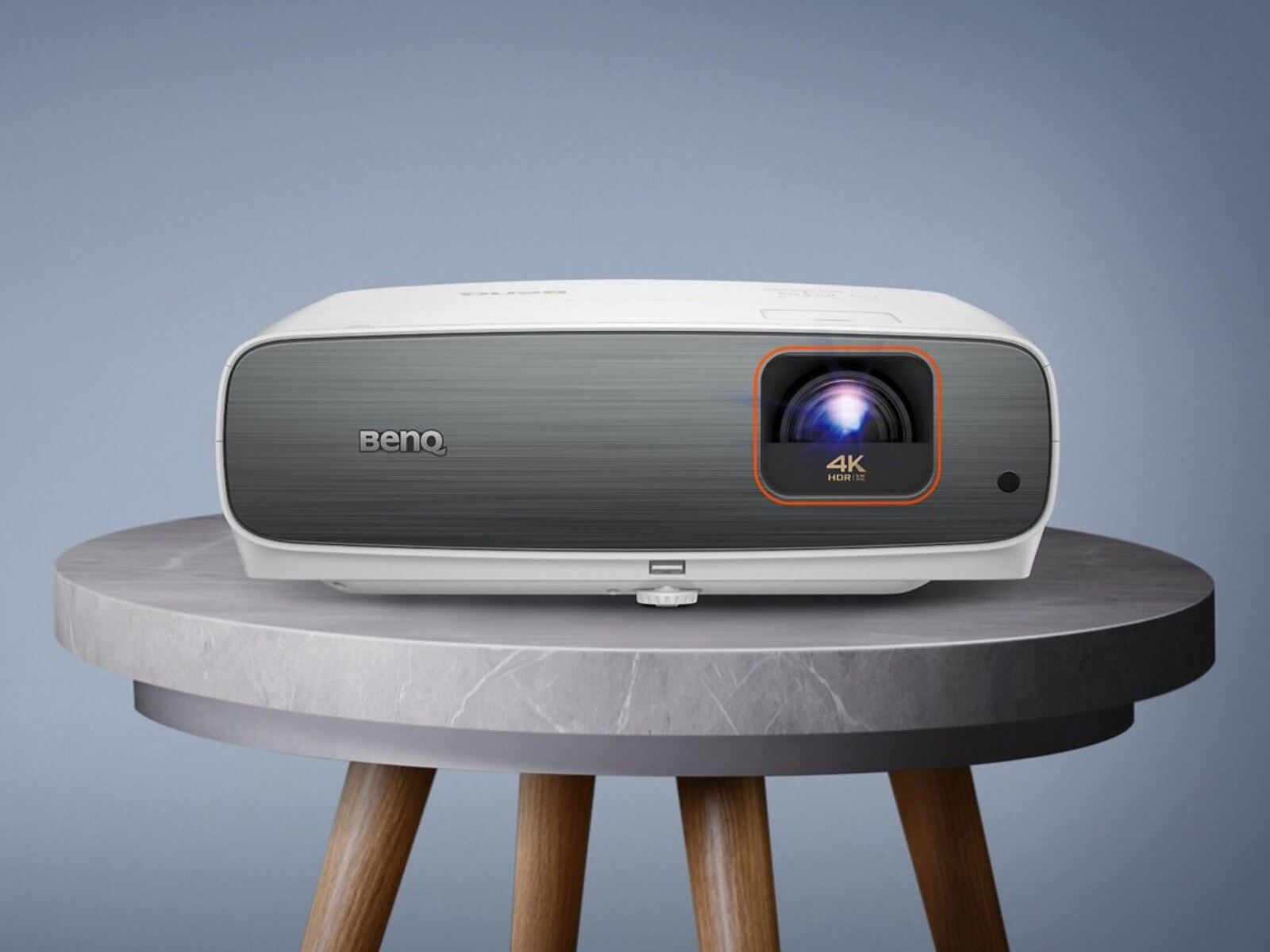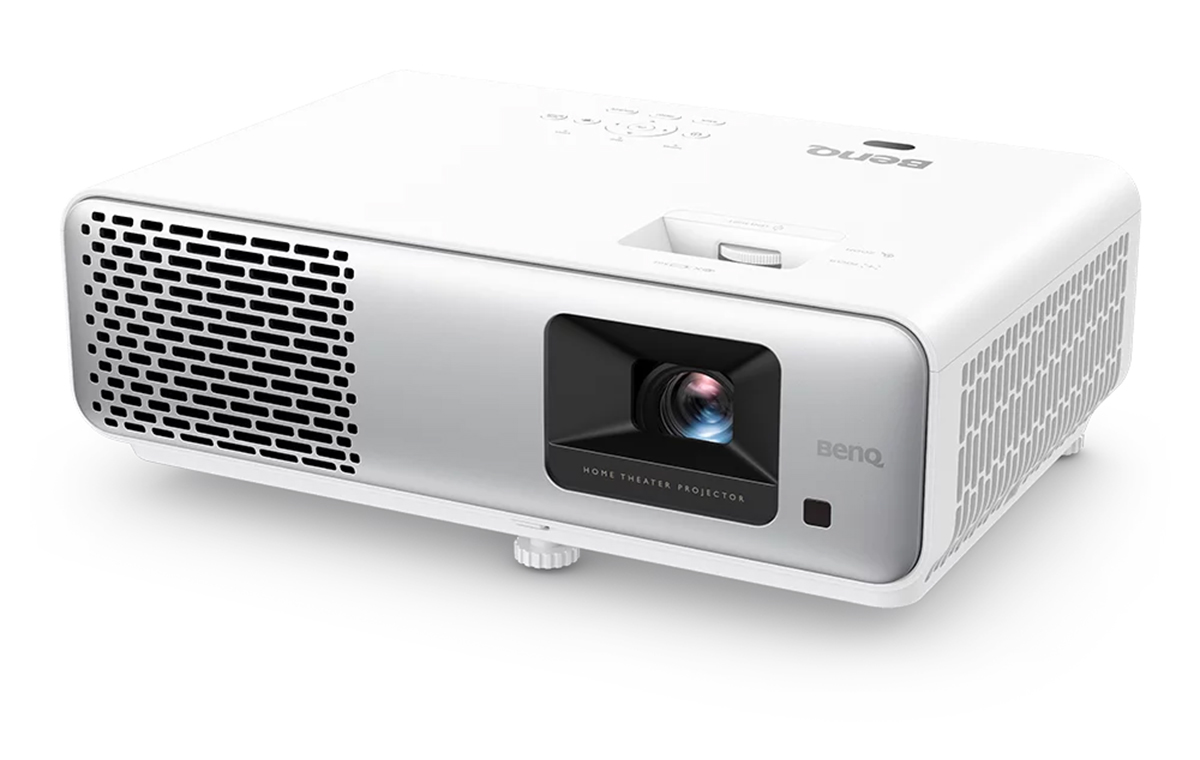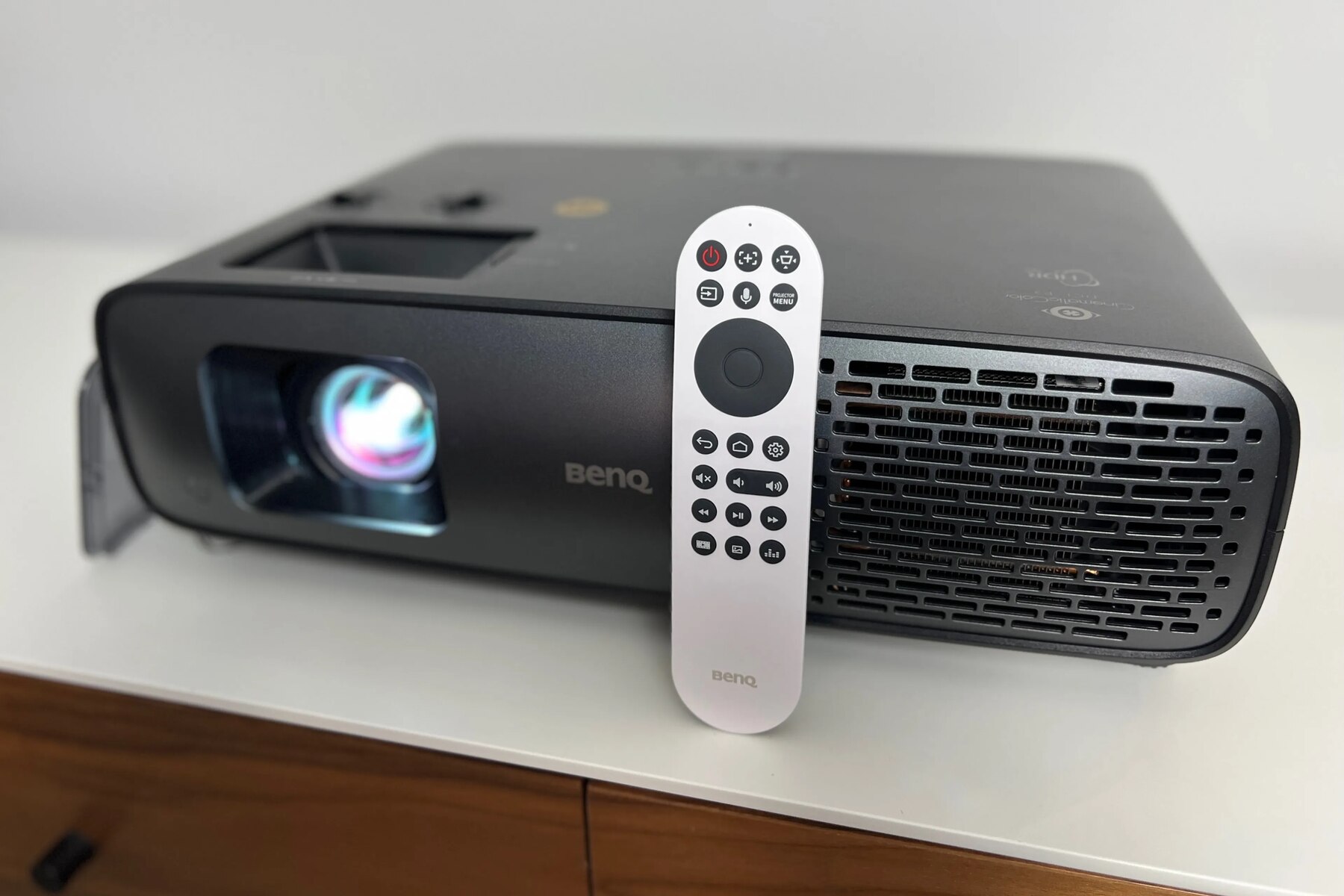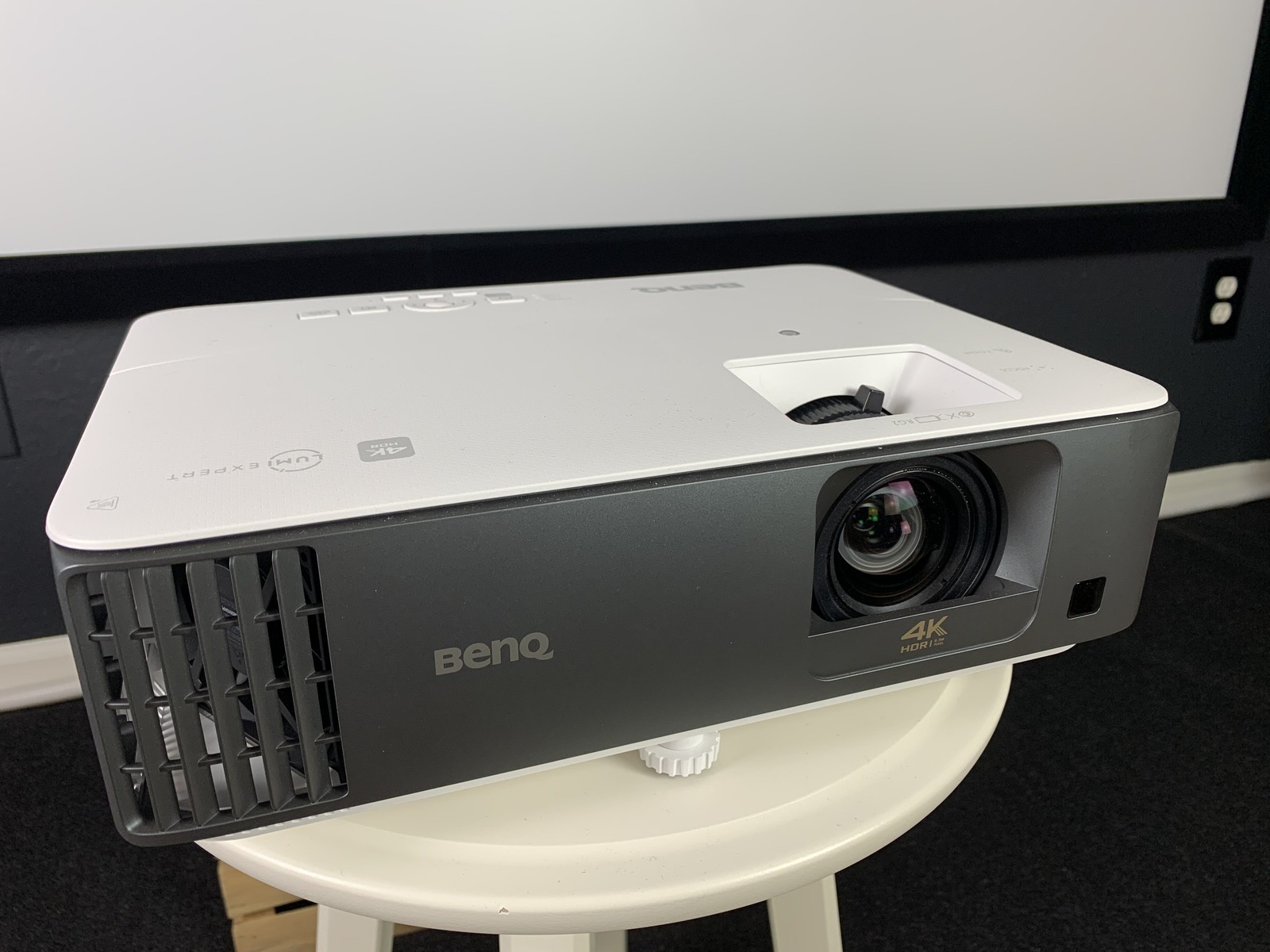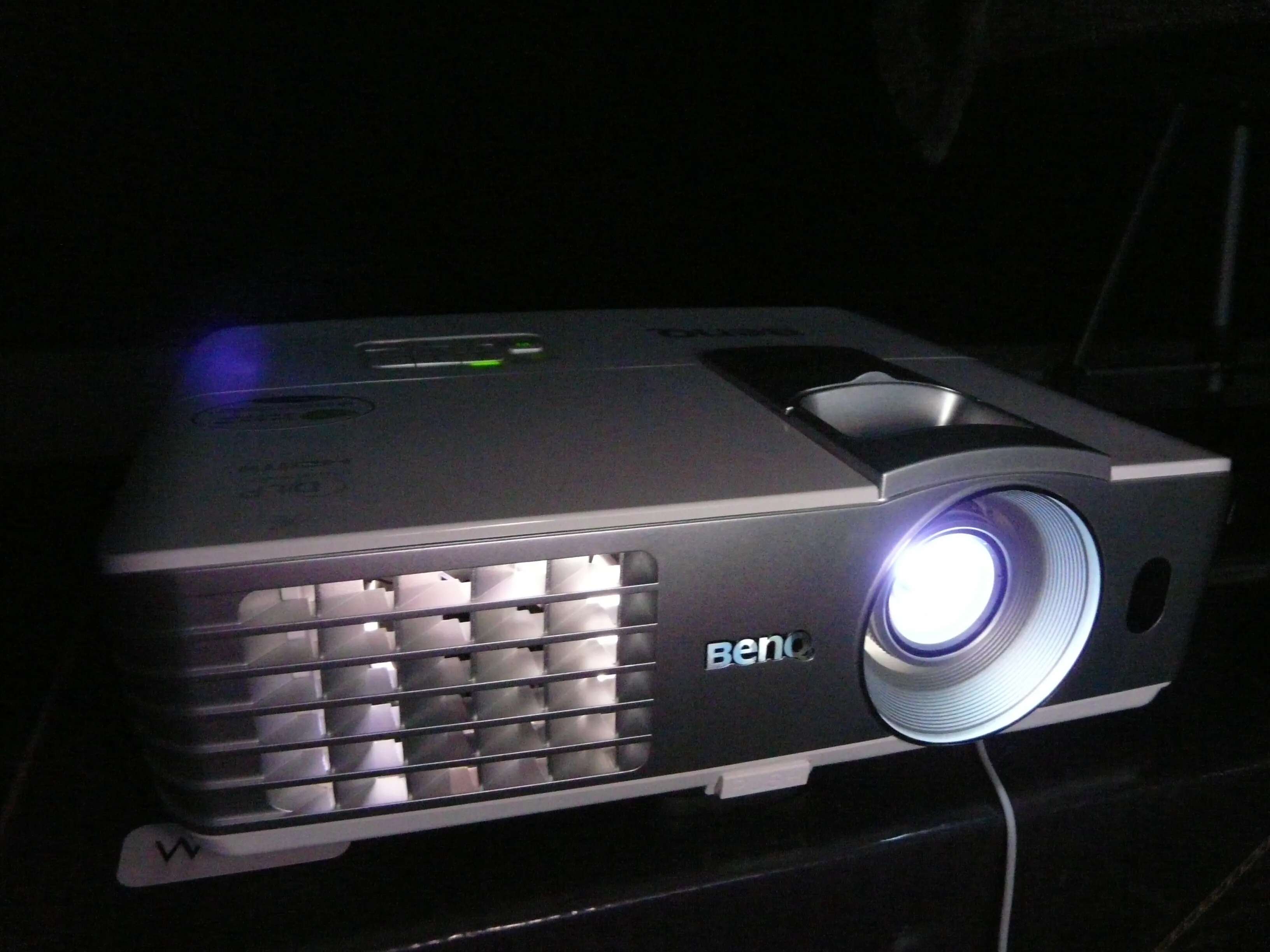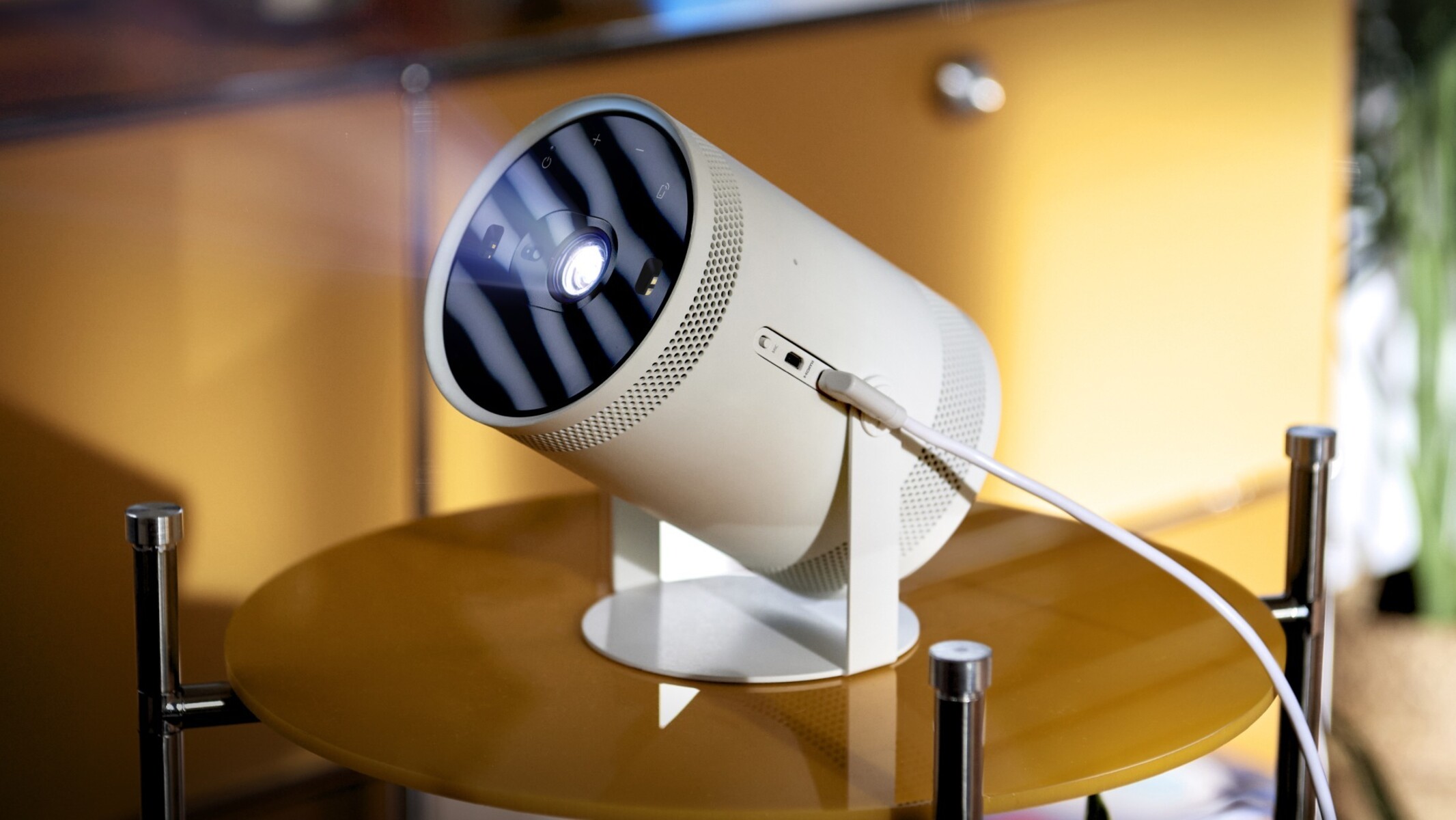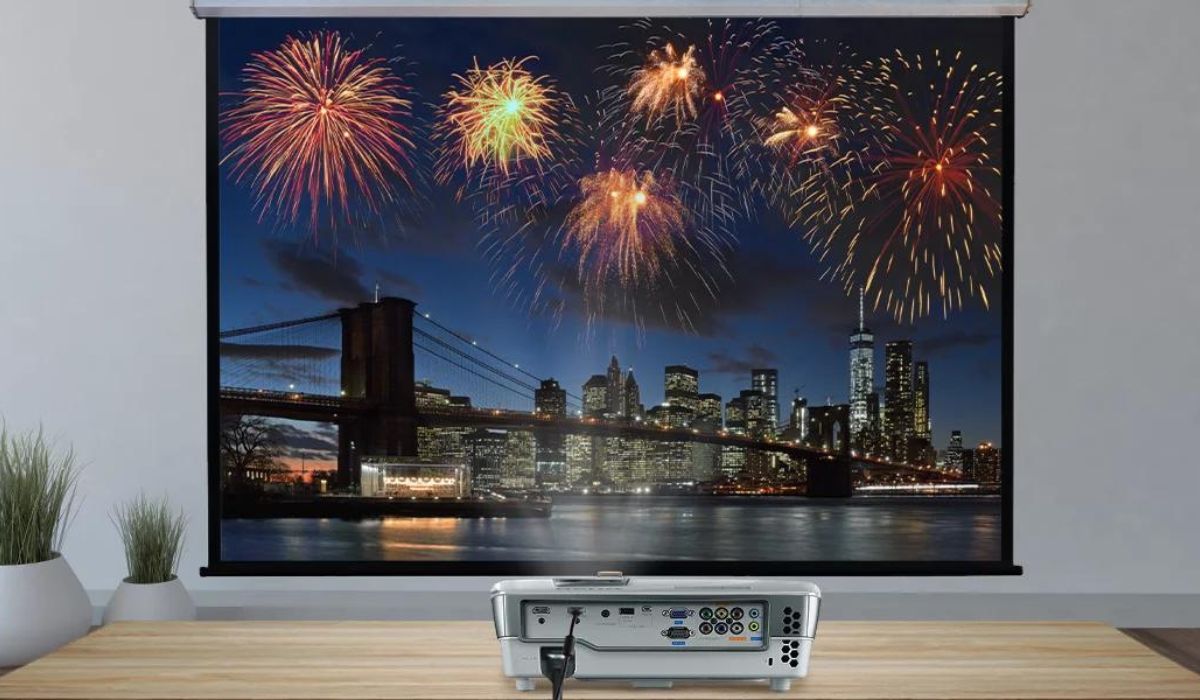Introduction
Welcome to the world of projectors! Whether you’re using a Benq projector for work presentations, home theater setups, or gaming, ensuring that the projected image fits perfectly on the screen is essential for an immersive and enjoyable experience. Just like with any projector, the Benq models come with various adjustment options to help you achieve the optimal display size and quality.
In this guide, we will take you through the step-by-step process of adjusting a Benq projector to fit the screen. We will cover everything from positioning the projector to fine-tuning the focus and keystone correction. By the end of this article, you’ll have the knowledge and confidence to make the necessary adjustments and enjoy a perfectly sized and clear projection.
Before we dive into the adjustment process, it’s important to note that different Benq projector models may have slightly different menu options and control layouts. However, the general principles and steps we will discuss should apply to most Benq projectors.
Now, without further ado, let’s get started on adjusting your Benq projector to fit the screen!
Step 1: Positioning the projector
The first step in adjusting your Benq projector is to properly position it in relation to the screen. Finding the right distance and angle will ensure that the projected image fits perfectly on the screen without any distortions or image cropping.
Here’s how you can position your Benq projector:
- Identify the central position: Start by identifying the central position where you want the projector to be placed. This will depend on the size and location of your screen or surface.
- Measure the distance: Measure the distance between the central position and the screen. This will help determine how far your Benq projector should be placed from the screen.
- Adjust the height and angle: Position the projector at the same height level as the center of the screen. Make sure to adjust the projector’s tilt angle to ensure the projected image is straight and not slanted.
- Consider the throw ratio: The throw ratio is the distance between the projector and the screen in relation to the width of the projected image. Check the specifications of your Benq projector to understand its throw ratio and adjust the distance accordingly for optimal image sizing.
When positioning your Benq projector, be mindful of any obstacles or obstructions that may interfere with the projection. Clearing the area between the projector and the screen will result in a more focused and uninterrupted image.
Remember, finding the ideal positioning for your Benq projector is crucial for a well-aligned and immersive viewing experience, so take your time to get it right!
Step 2: Adjusting the zoom
Once you have positioned your Benq projector correctly, the next step is to adjust the zoom to achieve the desired image size on the screen. The zoom function allows you to enlarge or shrink the projected image without having to physically move the projector.
Here’s how you can adjust the zoom on your Benq projector:
- Locate the zoom control: Depending on the model of your Benq projector, the zoom control may be a physical dial or a menu option accessible through the projector’s remote control or the on-screen display.
- Start with the default zoom setting: Begin by setting the zoom control to its default position. This will allow you to see the full image as it is being projected.
- Adjust the zoom: If the image appears too small or too large on the screen, use the zoom control to adjust the size accordingly. Turn the dial in a clockwise or counterclockwise direction to zoom in or out, respectively. If using the on-screen display, navigate to the zoom menu and make the necessary adjustments.
- Refine the zoom: Make incremental adjustments until you achieve the desired image size on the screen. Take your time to ensure that the entire image is fitting within the boundaries of the screen without any cropping or distortions.
Keep in mind that adjusting the zoom may slightly affect the image clarity and sharpness. If you notice any degradation in image quality, you may need to fine-tune the focus as we will discuss in the next step.
By correctly adjusting the zoom, you can ensure that the projected image fills the screen perfectly, providing you with an immersive viewing experience.
Step 3: Adjusting the focus
After adjusting the zoom, the next important step is to ensure that your Benq projector is focused properly to achieve a clear and crisp image on the screen. A well-focused image will enhance the overall visual quality and ensure that text and details are sharp and readable.
Follow these steps to adjust the focus on your Benq projector:
- Locate the focus control: Look for the focus control on your Benq projector. This can typically be a physical dial or a menu option accessible through the projector’s remote control or on-screen display.
- Display a test image: Use a test image or any content you will be projecting to assist in focusing. This can be a presentation slide, a movie scene, or any other visual content.
- Adjust the focus: Begin by setting the focus control to its default position. With the test image displayed, slowly turn the focus dial or navigate through the on-screen menu to adjust the focus until the image becomes clear and sharp.
- Fine-tune the focus: Pay attention to small details and text within the image. If necessary, make small adjustments to fine-tune the focus and achieve optimal clarity. Take your time to ensure the entire image is in focus, from edge to edge.
It’s important to note that achieving perfect focus may require making adjustments while being seated at your viewing position. Ask a friend or family member to provide input from the viewing spot as you make the changes.
By taking the time to adjust the focus, you’ll be able to enjoy a clear and detailed projection that brings your content to life.
Step 4: Keystone correction
Keystone distortion can occur when a projector is not perfectly aligned with the screen. It results in a trapezoidal image shape, where the top or bottom edges of the projected image appear wider or narrower than the opposite edges. To correct this distortion and ensure a rectangular image, Benq projectors come equipped with keystone correction features.
Here’s how you can perform keystone correction on your Benq projector:
- Identify the keystone correction options: Check the projector’s menu or remote control for keystone correction settings. Benq projectors typically offer both manual keystone correction and automatic keystone correction.
- Choose the appropriate correction method: Depending on your preference and the specific room setup, you can select either manual or automatic keystone correction.
- Use manual keystone correction: If you choose manual correction, access the on-screen menu or remote control and navigate to the keystone correction settings. Adjust the sliders or arrows to alter the keystone and straighten the image until it appears rectangular.
- Utilize automatic keystone correction: If you opt for automatic correction, the projector will analyze the projected image and automatically correct the keystone distortion. Some Benq projectors have built-in sensors to detect the angle and make the necessary adjustments.
- Make fine adjustments: After applying the keystone correction, take a step back to evaluate the image. If needed, fine-tune the adjustment until the projected image is perfectly rectangular without any noticeable distortion.
It’s important to note that while keystone correction can fix minor distortion, it is best to position the projector as parallel as possible to the screen to minimize the need for excessive correction.
By using the keystone correction feature, you can ensure a properly aligned and rectangular image, enhancing the overall viewing experience.
Step 5: Screen size adjustment
Adjusting the screen size is the final step in optimizing your Benq projector setup. By adjusting the screen size, you can ensure that the projected image perfectly fits your desired viewing area, maximizing the immersive experience.
Follow these steps to adjust the screen size on your Benq projector:
- Measure the screen size: Begin by measuring the dimensions of your viewing area or screen. Note down the width and height of the area you want the projected image to fill.
- Access the on-screen menu: Use the projector’s remote control or buttons to access the on-screen menu. Look for the screen size or aspect ratio settings.
- Select the appropriate aspect ratio: Based on the aspect ratio of your screen or content, choose the corresponding setting in the menu. Common aspect ratios include 4:3 (standard), 16:9 (widescreen), and 16:10 (common in business projectors).
- Resize and position the image: Use the arrow keys or sliders in the menu to adjust the size and position of the projected image. Align the image to fit within the desired dimensions of your screen.
- Make fine adjustments: Once you have resized and positioned the image to your satisfaction, take a step back and evaluate the overall appearance. If necessary, make minor adjustments to fine-tune the screen size until it fills the desired viewing area perfectly.
During the screen size adjustment process, keep in mind that changing the aspect ratio may result in slight distortion or cropping of the image. It’s important to find a balance between filling the screen and preserving the integrity of the content being projected.
By properly adjusting the screen size, you can create a visually pleasing and immersive projection that fills your designated viewing area.
Conclusion
Congratulations! You have successfully learned how to adjust a Benq projector to fit the screen. By following the steps outlined in this guide, you can ensure that your projected image is properly positioned, zoomed, focused, keystone-corrected, and sized for an optimal viewing experience.
Remember, proper positioning of the projector is key to achieving an aligned and undistorted image. Take the time to measure the distance, adjust the height and angle, and consider the throw ratio to ensure an immersive viewing experience.
The zoom feature allows you to adjust the image size without physically moving the projector. Carefully adjust the zoom control to perfectly fit the image on the screen, keeping in mind the image clarity and sharpness.
Focusing the image is essential for a clear and detailed projection. Use the focus control to fine-tune the sharpness of the image, ensuring that all elements are in focus and easily readable.
Keystone correction helps rectify any distortion caused by the projector’s position. Choose between manual or automatic keystone correction options to align the image and ensure a rectangular display.
Lastly, adjust the screen size to fill your desired viewing area. Take the time to measure the screen, select the appropriate aspect ratio, and resize the image accordingly. Make fine adjustments to achieve a perfect fit.
With these adjustments made, sit back, relax, and enjoy the immersive experience that your Benq projector now provides. Whether it’s for work presentations, movie nights, or gaming sessions, your projector is now optimized to deliver the best possible visuals.
Remember, different Benq projector models may have slight variations in their control options and menu layouts. Refer to your projector’s user manual for model-specific instructions and additional features that may enhance your viewing experience.
Now go ahead and enjoy your perfectly adjusted Benq projector! Happy projecting!









